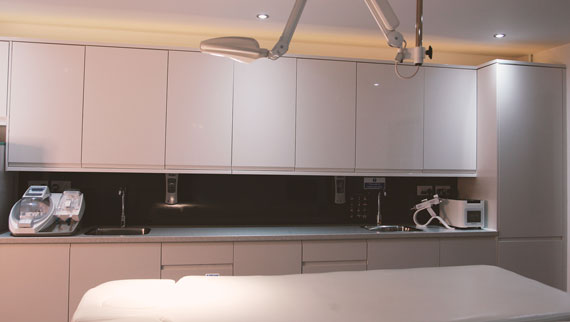Chronic Wounds and Ulcers
Chronic wounds and ulcers that fail to heal are very debilitating and painful. Chronic wounds and ulcers can occur due to a variety of reasons.

What are the common causes of chronic wounds and ulcers?
Chronic wounds over the lumbar spine, buttocks and heels are usually the result of pressure in patients unable to mobilise and often bed bound. Ulcers over the inside of the ankle (known as the gaiter region) are often the result of venous disease.
Venous disease is usually the result of previous deep vein thromboses in the afflicted limb and/or moderate to severe varicose veins. Diabetes type I and II can predispose patients to the formation of ulcers over the lower leg, especially if they are inadvertently knocked or lacerated. Patients who smoke can often suffer with peripheral vascular disease resulting in poor blood circulation to the lower limbs. They can also develop ulcers and cuts and grazes often do not completely heal.
Rejuvence Philosophy
At Rejuvence we specialise in advanced applications of platelet rich plasma (PRP) and can provide bespoke treatment sessions with platelet rich plasma (PRP) for improved closure of wounds, especially chronic ulcers and pressure sores. Using advanced topical local anaesthetic agents, the procedure can be conducted with minimal discomfort.

The mainstay of treatment in patients with chronic wounds and ulcers is regular dressing changes. Patients often find themselves taking multiple courses of antibiotics on account of supposed recurrent infections. Persistent pain and very bulky dressings severely hamper mobility. The stagnation of the wound healing process can often remain and these types of wounds may never heal. More invasive treatments for the underlying cause of disease can often provide some hope. Stripping of varicose veins, reperfusion of lower limbs using stents and bypasses for peripheral vascular disease as well as improved control of sugar levels in diabetes can help with the healing of chronic wounds and ulcers.
Recent research into the use of platelet rich plasma has shown a definite improvement in healing rate and in some cases complete healing of wounds. In tandem with good wound care and dressings platelet rich plasma also has an antibacterial effect and can reduce the number of infections. A series of treatment sessions on a monthly basis can often have a very positive impact.













